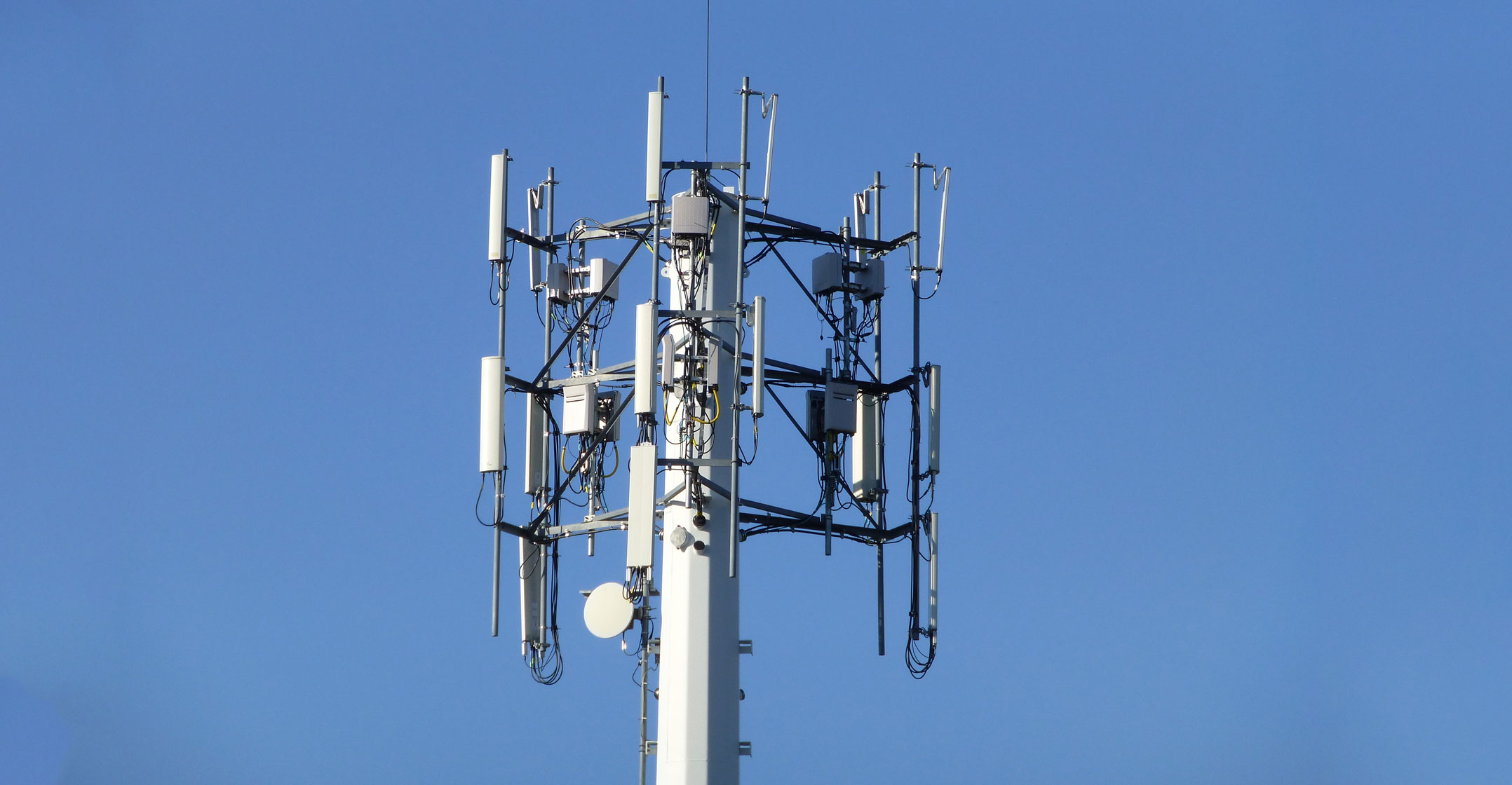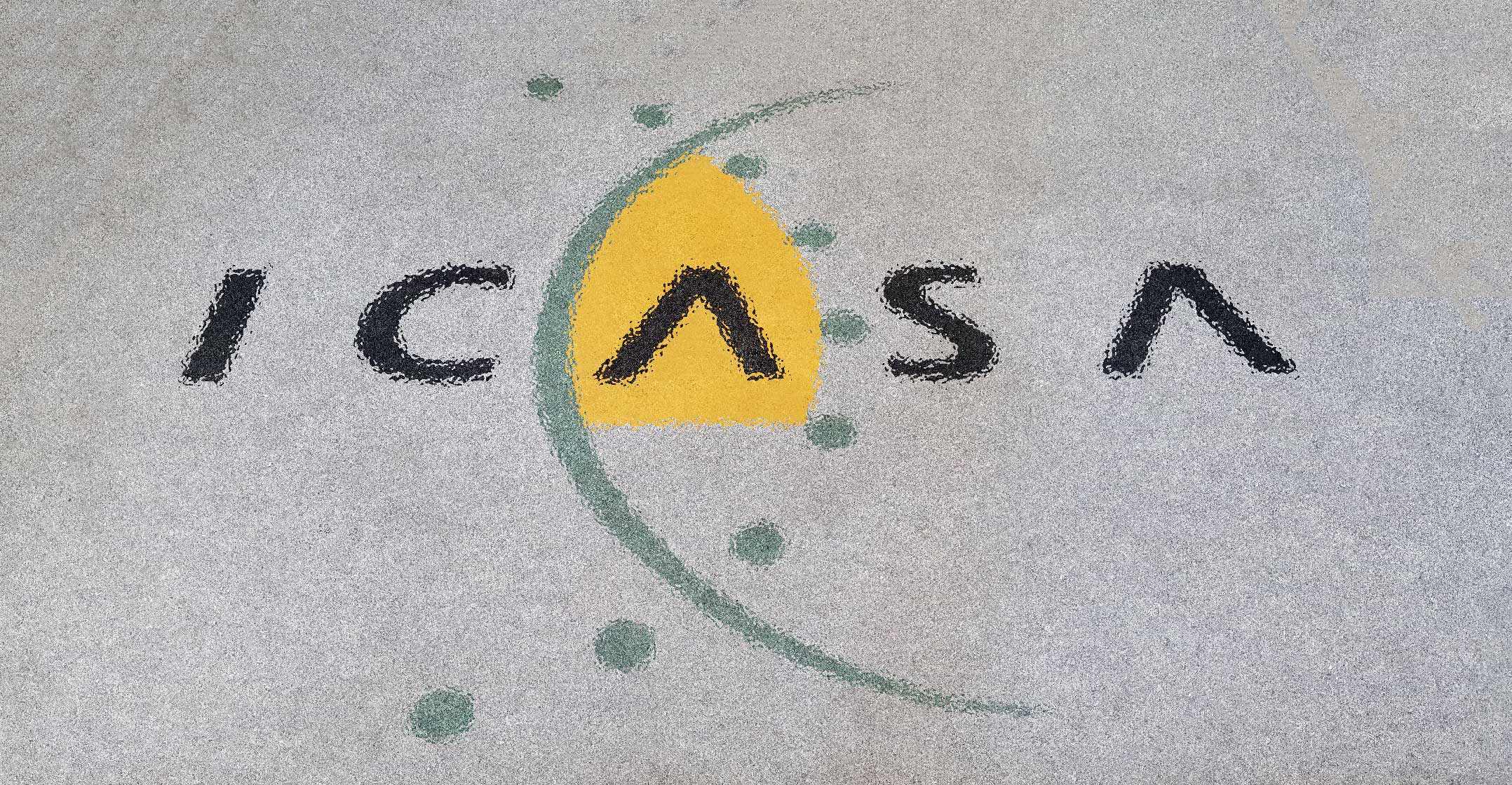 Communications regulator Icasa is poised to announce a plan to auction off radio frequency spectrum suitable for the roll-out of 5G infrastructure in a move that is likely to be widely welcomed by the telecommunications industry.
Communications regulator Icasa is poised to announce a plan to auction off radio frequency spectrum suitable for the roll-out of 5G infrastructure in a move that is likely to be widely welcomed by the telecommunications industry.
TechCentral understands from a reliable source that Icasa will publish a long-awaited Information Memorandum on Friday in the Government Gazette that sets out how it plans to license spectrum to mobile operators as well as to a planned wholesale open-access network (Woan).
Most notably, the memorandum will set out a plan to license access to blocks of spectrum in the 2.3GHz and 3.5GHz bands. The latter band is likely to be in high demand as it has been identified as one that will be used extensively worldwide for 5G deployments. When Icasa licenses spectrum, it doesn’t dictate what technologies must be used, meaning operators will be free to use the assignments as they see fit, including for next-generation 5G systems.
The spectrum auction, which is set to take place next year, means operators that are successful in securing access to the 3.5GHz band should be able to roll out 5G services, including 5G handsets, to consumers in 2020.
Both Vodacom and MTN have said they are ready to deploy 5G but can’t do so with their existing spectrum assignments, which are already heavily utilised for 2G, 3G and 4G technologies.
So far, only Rain has rolled out a commercial 5G network, through its existing assignment at 3.6GHz, but its coverage is limited and it offers only fixed-wireless and not mobile services.
Timing
The Icasa plan comes despite a desire by government to license 5G spectrum only after frequencies suitable for 4G networks have been assigned. Communications minister Stella Ndabeni-Abrahams said in July that she wants the assignment of spectrum for 5G networks to be held in abeyance until after the International Telecommunication Union’s Radiocommunication Conference (WRC-19), currently taking place in Egypt, and for this to be done as a separate process.
Icasa will also license spectrum at 700MHz and 800MHz — the so-called “digital dividend” bands that will eventually be freed up through the (long-delayed) digital television migration programme — and at 2.6GHz. These three bands are likely to be used for expanding 4G/LTE coverage.
Once broadcasters have vacated the lower bands, they will be useful for rolling out 4G coverage in rural areas and providing better in-building coverage in the cities. The 2.6GHz band can be used to improve metropolitan 4G coverage.
 TechCentral understands that Icasa will put forward several spectrum licensing “options” in the Information Memorandum and will seek input from stakeholders about of each these before finalising its plans and moving to the auction phase of the process.
TechCentral understands that Icasa will put forward several spectrum licensing “options” in the Information Memorandum and will seek input from stakeholders about of each these before finalising its plans and moving to the auction phase of the process.
Much greater detail will emerge when the document is published on Friday, including how much spectrum Icasa intends setting aside for the Woan, which won’t be required to participate in the auction process. Government is keen for the Woan — a largely untested concept — to be given an advantage over other operators to ensure its commercial success, and this includes receiving a spectrum set-aside.

The impending publication of the Information Memorandum comes after the minister, Ndabeni-Abrahams, published a policy direction to Icasa in July in which she asked the regulator to ensure that preferential access to spectrum is given to the Woan in an effort to increase competition in South Africa’s mobile telecommunications market.
Ndabeni-Abrahams asked the regulator to ensure that the Woan is given enough spectrum and other support to ensure its success. — © 2019 NewsCentral Media




